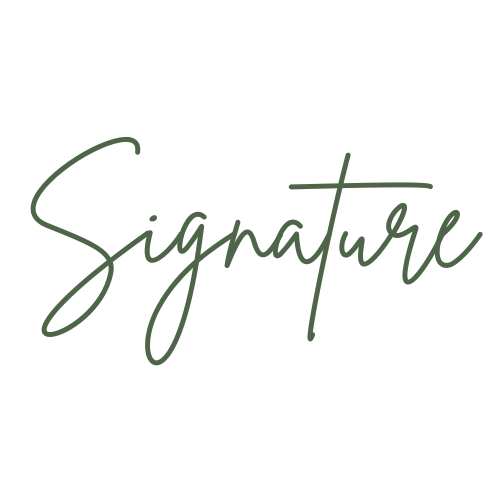Matisse Authentication
Henri Matisse, one of the leading figures of modern art, is celebrated for his groundbreaking use of color, form and composition. Born in 1869 in Le Cateau-Cambrésis, France, Matisse initially studied law but turned to painting in his early twenties after a bout of illness. His bold experimentation with color and innovative approach to simplifying forms made him a central figure in Fauvism, a movement that revolutionized painting by emphasizing vivid colors and painterly freedom. Over his career, Matisse's works evolved from traditional landscapes and portraits to more abstract and expressive compositions, cementing his reputation as a master of 20th-century art.
Matisse is perhaps best known for works like The Dance, Woman with a Hat and The Snail, which demonstrate his use of vibrant, flat areas of color and his fascination with the human figure. In his later years, Matisse embraced cut-outs, using scissors and paper to create fluid, dynamic shapes, which became a hallmark of his late style. His versatility extended beyond painting to sculpture, printmaking and illustration, creating a diverse body of work that continues to inspire artists and collectors alike.
Despite Matisse’s death in 1954, his influence endures, and his works remain highly collectible and valuable on the global art market. However, with this fame comes the challenge of authentication.
The Challenge of Matisse Authentication
Henri Matisse’s long and varied career presents unique challenges when it comes to authenticating his works. His artistic evolution spanned multiple styles, from his early Impressionist-inspired paintings to the radical simplifications of his Fauvist period, and finally, to his famous paper cut-outs in later life. Given the wide range of mediums he worked in—including oil paintings, drawings, sculptures and paper cut-outs—each type of work presents different authentication challenges.
In addition, Matisse’s prolific output and popularity have made him a target for forgers. The simplicity of his late cut-outs and the boldness of his Fauvist paintings, while revolutionary, are sometimes easier to imitate, leading to an influx of counterfeit pieces over the years. Collectors, galleries, and auction houses, therefore, require expert authentication to avoid the risk of acquiring or selling forged works attributed to Matisse.
The role of the Matisse family, particularly through the archives and foundations they manage, has been vital in authenticating works attributed to the artist. However, the high demand for authentication has led many collectors to seek independent experts and art authentication firms to provide reliable verification. This is where companies like Signature come in, offering in-depth research and advanced scientific analysis to ensure the legitimacy of Matisse’s works.
Signature’s Approach to Matisse Authentication
Authenticating a work attributed to Henri Matisse requires careful consideration of his diverse artistic phases and methods. At Signature, we take a multi-pronged approach, combining historical research, forensic analysis, and an expert understanding of Matisse’s unique techniques and materials to authenticate his works.
Comparative Analysis: Matisse’s career covers a wide range of styles and mediums, requiring a detailed comparison with other authenticated works from the same periods. Our team at Signature closely examines the stylistic elements of a suspected work, focusing on color usage, brushwork and compositional structure. Whether it’s one of Matisse’s bold Fauvist paintings or one of his delicate cut-out pieces, we analyze these works within the context of Matisse’s evolving visual language to determine authenticity.
Provenance Research: Establishing a clear and documented history of ownership is critical to verifying the legitimacy of a Matisse piece. Signature’s experts meticulously trace the provenance of each work, reviewing its history through sales records, exhibitions and previous ownership documentation. This process is essential, as strong provenance enhances the credibility of a piece, while gaps in ownership can raise doubts. Where documentation is incomplete, our team dives deeper into historical archives and correspondence to establish a clear lineage for the work.
Scientific Analysis: Forensic tools play a vital role in determining whether the materials used in a piece attributed to Matisse match those known to be employed by the artist. At Signature, we utilize techniques like pigment analysis, X-ray imaging and infrared reflectography to examine the artwork’s construction and composition. These scientific methods allow us to identify inconsistencies, such as pigments or materials that would not have been available during Matisse’s lifetime. By comparing these findings with authenticated works, we can offer a more conclusive judgment on the authenticity of a piece.
The Legal and Financial Stakes of Matisse Authentication
The stakes for authenticating works attributed to Matisse are particularly high, given the artist’s enduring reputation and the immense value of his works in the art market. Genuine pieces by Matisse can sell for millions of dollars at auction, making them significant investments for collectors and institutions alike. Conversely, acquiring or selling a forgery can result in substantial financial losses, damaged reputations and even legal disputes.
With the stakes so high, auction houses, galleries and collectors are becoming increasingly cautious when handling Matisse works, often requiring expert authentication to verify a piece’s legitimacy before a transaction takes place. The presence of a trusted authentication report can make the difference between securing a sale or facing potential legal issues. A forgery not only diminishes the financial value of a work but can also lead to costly litigation and damage to the credibility of both sellers and buyers.
This is why Signature’s expertise is indispensable. Our dedicated team provides clients with the confidence to buy and sell Matisse’s art. Contact us today to learn more about how Signature can assist with Matisse authentication.

